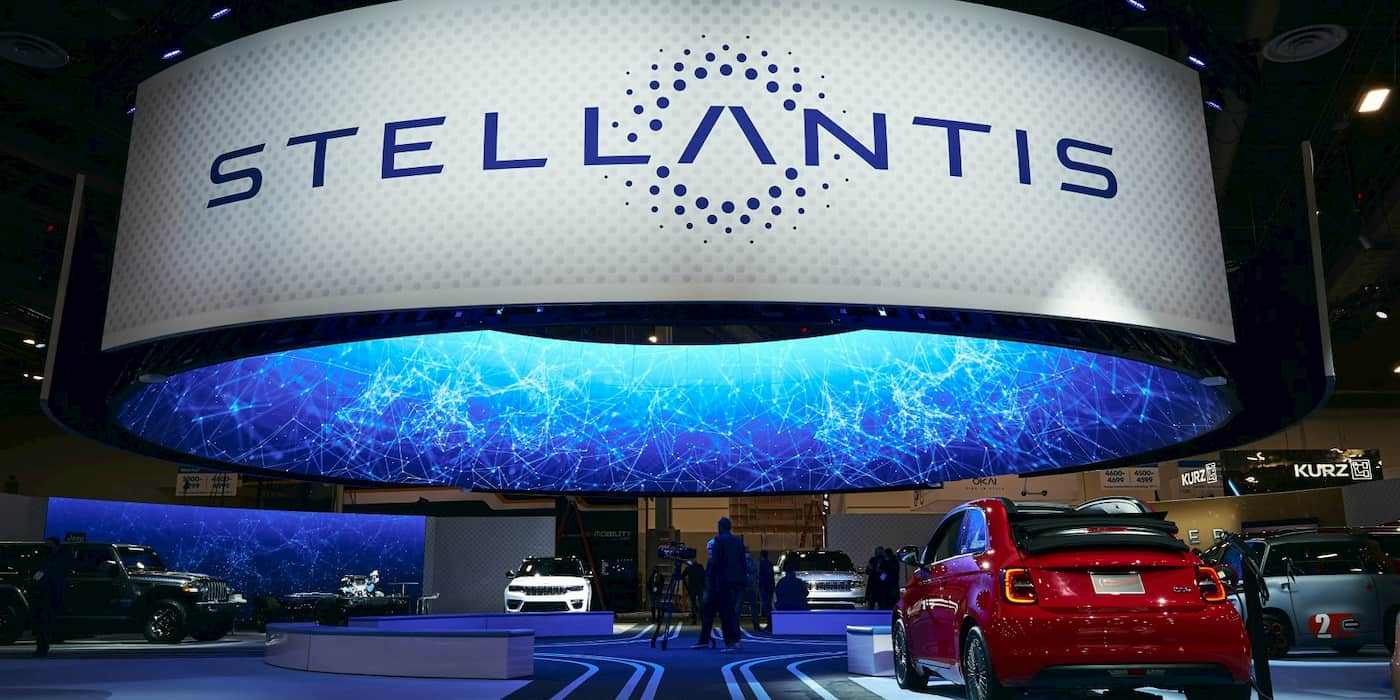
On Tuesday, Stellantis announced it has entered into agreements worth over $11.2 billion (€10 billion) for semiconductors through 2030. The automaker says it has built a “comprehensive ecosystem” to reduce the risk of running into EV supply chain shortages.
The parent company behind RAM, Jeep, Dodge, Chrysler, Fiat, Alfa Romeo, and several others is investing in the future of the business.
Semiconductors play a vital role in electric vehicles. They power everything from the EVs batteries to its powertrain components. Semiconductors can also make the vehicle safer and more intelligent.
The average EV requires easily over 1,000 chips, with some upward of 5,000 or more. For this reason, shortages have plagued the EV industry over the past several years.
Automakers are still feeling the effects of the shortage spurred by the COVID-19 pandemic. For example, Porsche Taycan sales fell 5% in the first half of the year because of “shortfalls in the availability of parts.”
The parts Porsche refers to are semiconductors. According to a report from Automobilwoche notes, the Taycan requires up to 5,000 chips, much higher than any other vehicle in its lineup.
GM’s president of North America, Rory Harvey, said on a call with other executives this week, “If you look at the semiconductor challenges we’ve had, yes, we get intermittent supply challenges.” Harvey added, although it’s significantly lower, “I am not going to say that’s behind us.”
Stellantis’s new strategy is designed to mitigate these risks with a “multifaceted strategy” to secure a long-term supply chain for its EVs.

Stellantis secures semiconductor EV supply chain
The automaker has started to engage with major chipmakers, including Qualcomm, Onsemi, Infineon, and NXP Semiconductors, to optimize its EV platform and technology.
Furthermore, Stellantis is partnering with aiMotive and Silicon Auto to develop its own “differentiating semiconductors” in the future. Maxime Picat, chief purchasing and supply chain officer at Stellantis, said with hundreds of different chips for its cars:
We have built a comprehensive ecosystem to mitigate the risk that one missing chip can stop our lines. At the same time, key vehicle capabilities directly depend on the innovation and performance of single devices.
To date, Stellantis has entered into direct agreements for semiconductors worth over $11.2 billion (€10 billion) through 2030, covering SiC MOSFETs, MCUs, and SoCs.

Stellantis revealed its first of four dedicated EV platforms earlier this month, STLA Medium. Through its partnerships, Stellantis will work to further improve the range and efficiency of its platforms.
The automaker says the new strategy will help it achieve its goals outlined in its Dare Forward 2030 plan, which includes 50% EV sales in the US and 100% in the EU by 2030.

Although Stellantis has one of the top-selling EVs with the Fiat 500e in Europe, the automaker has yet to release a purely electric passenger car in the US. First up will be the 2025 RAM 1500 REV electric pickup later this year, followed by Jeep’s first EVs, the Recon and Wagoneer S.
FTC: We use income earning auto affiliate links. More.



Comments